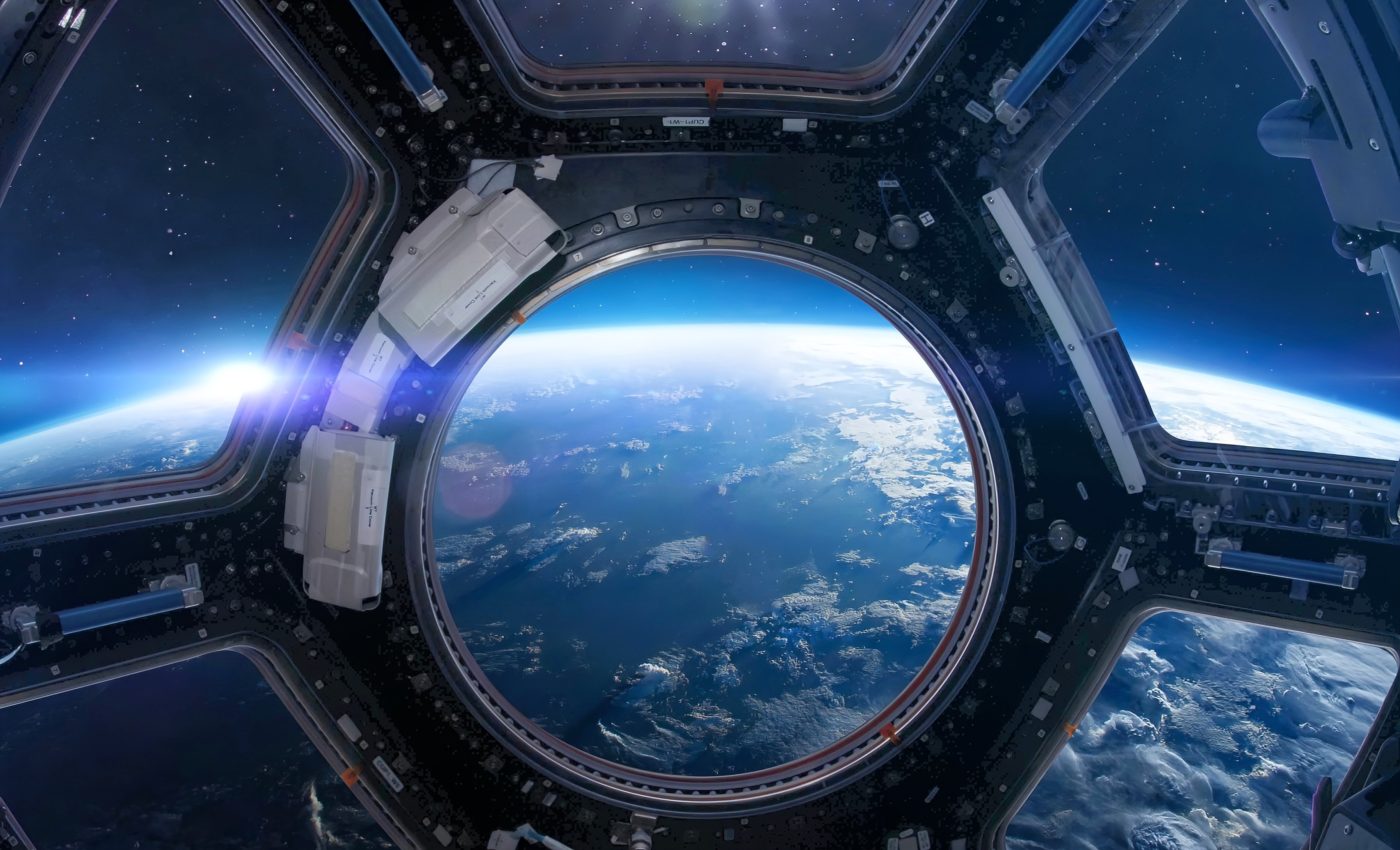
Crew-8 astronauts have blazed a trail for future space missions
After a successful seven-month expedition on the International Space Station (ISS), Crew-8 astronauts have safely returned to Earth, landing off the Florida coast. Their journey exemplifies the boundless possibilities of space exploration.
The Crew-8 astronauts devoted their energy to an array of research investigations, all sponsored by the ISS National Laboratory.
The scope of these investigations was impressively broad, covering a diverse range of fields including in-space production applications (InSPA), advancements in life and physical sciences, and the development of cutting-edge technologies aimed at enhancing future space missions.
Focus on in-space production
A significant portion of their mission focused on in-space production applications, a key area of interest for both the ISS National Laboratory and NASA.
Moreover, the team contributed to many ongoing projects during their expedition, all of which have the potential to revolutionize diverse areas of our lives on Earth.
For instance, there was a fascinating collaboration involving the Cedars Sinai Medical Center, geared towards developing techniques that facilitate the in-space production of stem cells.
This project may ultimately have a significant impact on the future treatment of heart diseases, neurodegenerative conditions, and other diseases.
Simultaneously, Redwire Corporation, in partnership with Eli Lilly and Company along with Butler University, led projects that utilized the Pharmaceutical In-space Laboratory (PIL-BOX) to crystallize organic molecules in microgravity.
The knowledge derived from this research could lead to the development of novel therapeutics to treat a multitude of conditions.
Enhancing diagnostics and imaging in space
Another intriguing project supported by the astronauts was from the University of Notre Dame, aiming to enhance ultra-sensitive biosensors.
This research, funded by the U.S. National Science Foundation, could revolutionize early and asymptomatic cancer detection among other medical diagnostics.
Adding a technological flavor to their mission, the astronauts conducted testing on Big Sky, a high-resolution single-sensor camera developed by Sphere Entertainment.
The successful trials of Big Sky in the microgravity environment could be the start of a new era in entertainment and content capture for Sphere, a next-generation medium based in Las Vegas.
Crew-8 research supports future missions
In the last part of their mission, the Crew-8 astronauts began laying the groundwork for the future, supporting projects set to launch on NASA’s upcoming Crew-9 mission.
One such project was led by Isabel Jiang, a recent high school graduate from California who is now a freshman at Yale.
Jiang’s experiment aims at understanding the effects of radiation on gene editing mechanisms – the results could provide insight into genetic risks for certain diseases during long spaceflights.
Plant production in space
Simultaneously, another investigation from the U.S. Air Force Academy and Rhodium Scientific aimed to compare the growth of Arabidopsis plants at two different orbital altitudes.
The implications of this research could be invaluable, particularly in the realm of crop production for long-duration space missions and in high-radiation environments.
Thus, the successful conclusion of the Crew-8 mission is a testament to the incredible potential of human ingenuity in the unique environment of space.
The Crew-8 endeavors help to support future space missions and also advancements here on Earth.
The legacy of Crew-8 astronauts
The achievements of the Crew-8 mission extend far beyond scientific breakthroughs aboard the ISS, encompassing advancements that could reshape various fields and industries.
By conducting pioneering experiments and technological demonstrations, these astronauts have laid essential groundwork for future space endeavors.
Their work has not only advanced our understanding of microgravity effects on biological systems and material sciences but also opened new avenues for space-based manufacturing and technology development.
Moreover, the mission’s collaborative projects – spanning educational institutions, private enterprises, and international partnerships – highlight the importance of global cooperation in space exploration.
With Crew-8’s successful return, NASA and its partners are already looking ahead to how these insights can support longer missions, including potential journeys to the Moon, Mars, and beyond.
The legacy of Crew-8 is a testament to how human ingenuity, when paired with the unique environment of space, can propel innovation that benefits life on Earth and prepares us for the next frontier.
—–
Like what you read? Subscribe to our newsletter for engaging articles, exclusive content, and the latest updates.
Check us out on EarthSnap, a free app brought to you by Eric Ralls and Earth.com.
—–













